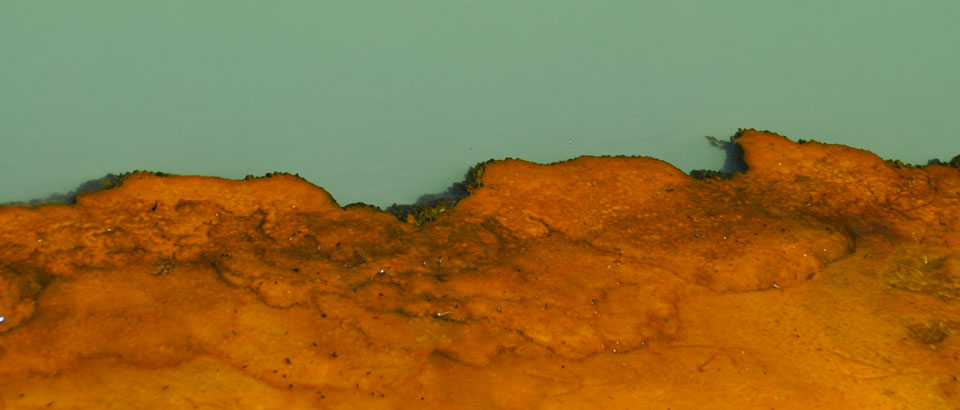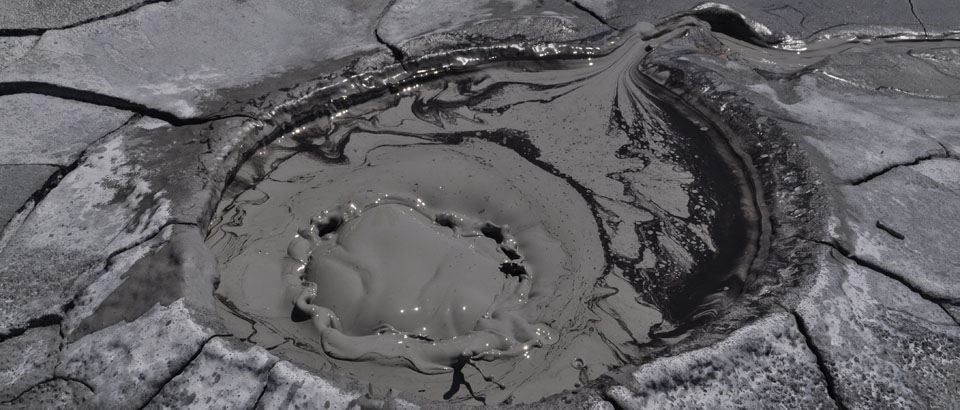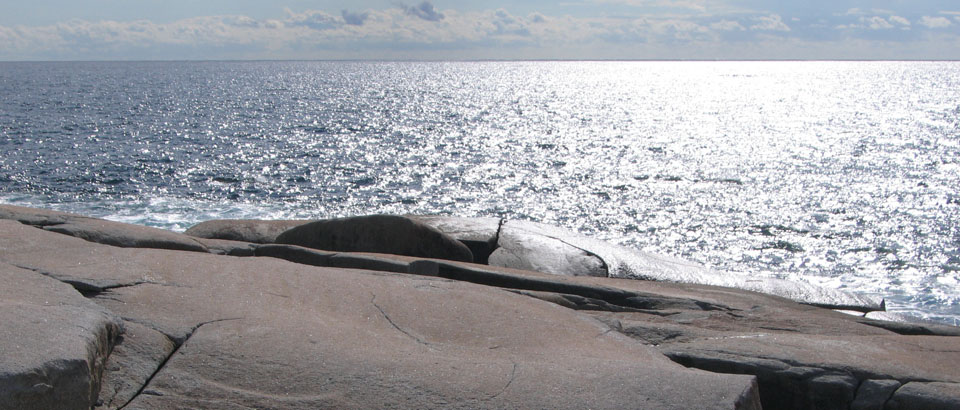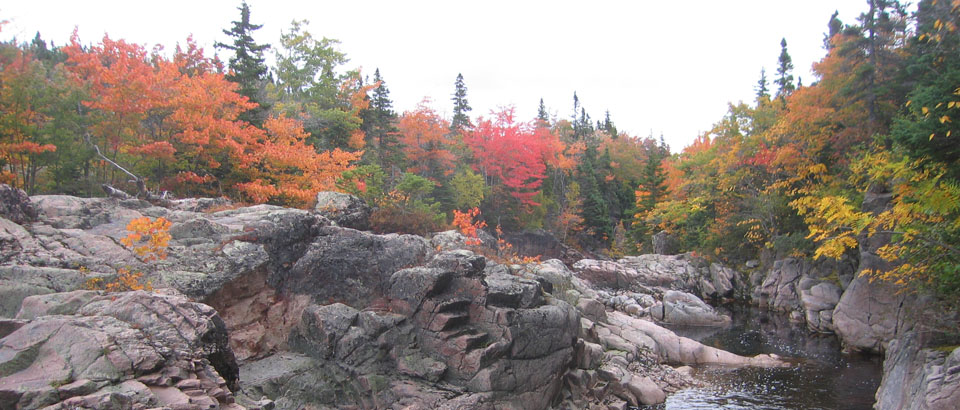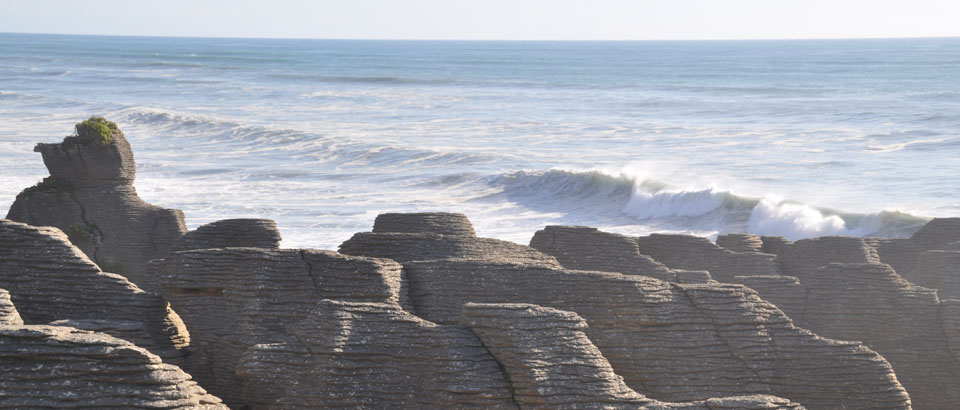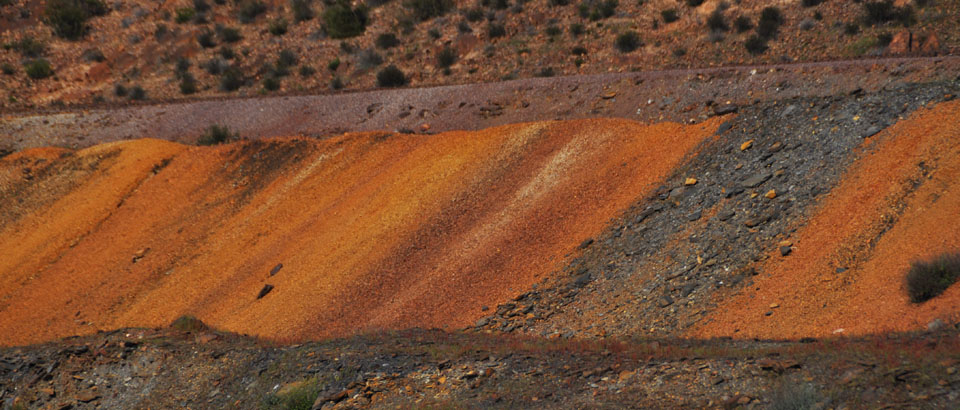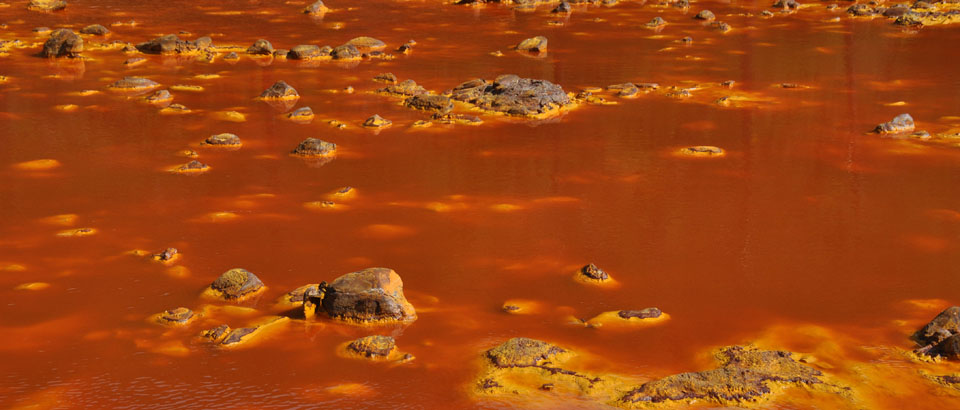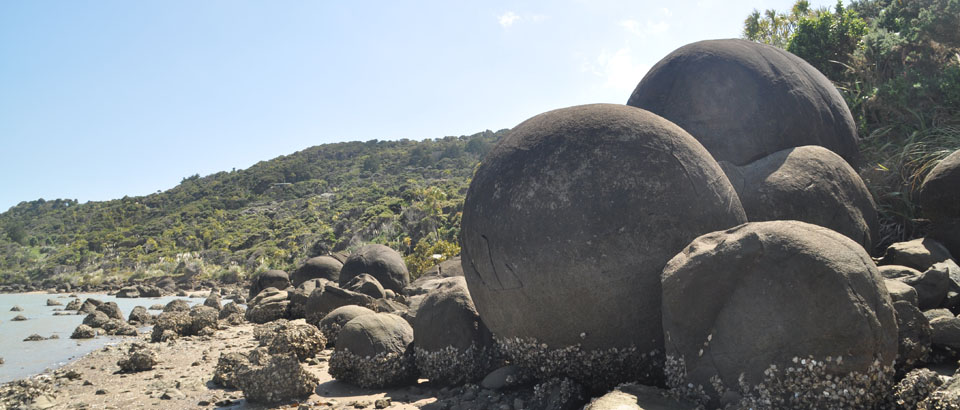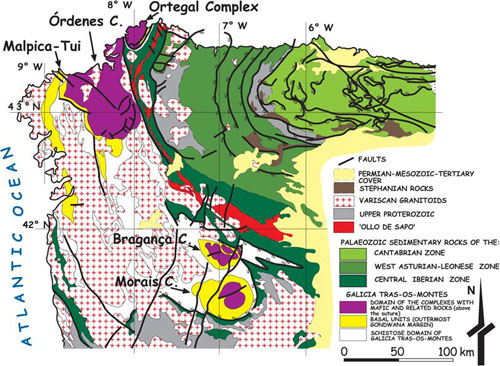Rheic Ocean mafic complexes: overview and synthesis. J.B. Murphy, G. Gutiérrez-Alonso, R.D. Nance, J. Fernández-Suárez, J.D. Keppie, C. Quesada, J. Dostal, J.A. Braid, 2009, In: Murphy, J. B., Keppie, J. D. & Hynes, A. J. (eds) Ancient Orogens and Modern Analogues. Geological Society, London, Special Publications, 327, 343–369. DESCARGAR-DOWNLOAD.
RESUMEN-ABSTRACT
The Rheic Ocean formed during the Late Cambrian–Early Ordovician when peri-Gondwanan terranes (e.g. Avalonia) drifted from the northern margin of Gondwana, and was consumed during the collision between Laurussia and Gondwana and the amalgamation of Pangaea. Several mafic complexes, from the Acatla´n Complex in Mexico to the Bohemian Massif in eastern Europe, have been interpreted to represent vestiges of the Rheic Ocean. Most of these complexes are either Late Cambrian–Early Ordovician or Late Palaeozoic in age. Late Cambrian–Early Ordovician complexes are predominantly rift-related continental tholeiites, derived from an enriched c. 1.0 Ga subcontinental lithospheric mantle, and are associated with crustally-derived felsic volcanic rocks. These complexes are widespread and virtually coeval along the length of the Gondwanan margin. They reflect magmatism that accompanied the early stages of rifting and the formation of the Rheic Ocean, and they remained along the Gondwanan margin to form part of a passive margin succession as Avalonia and other peri-Gondwanan terranes drifted northward. True ophiolitic complexes of this age are rare, a notable exception occurring in NW Iberia where they display ensimatic arc geochemical affinities. These complexes were thrust over, or extruded into, the Gondwanan margin during the Late Devonian–Carboniferous collision between Gondwana and Laurussia (Variscan orogeny). The Late Palaeozoic mafic complexes (Devonian and Carboniferous) preserve many of the lithotectonic and/or chemical characteristics of ophiolites. They are characterized by derivation from an anomalous mantle which displays timeintegrated depletion in Nd relative to Sm. Devonian ophiolites pre-date closure of the Rheic Ocean. Although their tectonic setting is controversial, there is a consensus that most of them reflect narrow tracts of oceanic crust that originated along the Laurussian margin, but were thrust over Gondwana during Variscan orogenesis. The relationship of the Carboniferous ophiolites to the Rheic Ocean sensu stricto is unclear, but some of them apparently formed in a strike-slip regimes within a collisional setting directly related to the final stages of the closure of the Rheic Ocean.


